This blog is part of an ongoing series featuring IES training programs as well as our blog series on diversity, equity, inclusion, and accessibility (DEIA) within IES grant programs. For more information, see this DEIA update from Commissioners Elizabeth Albro (National Center for Education Research) and Joan McLaughlin (National Center for Special Education Research).
In 2015, IES launched the Pathways to the Education Sciences Research Training Program to broaden participation in education research. Pathways grants are awarded to minority serving institutions and their partners to provide up to year-long training fellowships to undergraduate, post-baccalaureate, and masters students. Each Pathways program has a specific education theme such as literacy, equity/social justice in education, student success, and education pipelines. Pathways fellows receive an introduction to scientific research methods and their program’s education theme, as well as meaningful opportunities to participate in education research, professional development, and mentoring. Currently, there are seven funded Pathways programs; IES recently launched the newest program focused on learning analytics and data science to the University of California, Irvine. Over 250 students have participated in Pathways, and many (39 at last count) have already started doctoral programs. In honor of HBCU week (September 7-10), Hispanic-Serving Institutions Week (September 13-19), and Hispanic Heritage Month (September 15- October 15), we reached out to six Pathways alumni who are in graduate school to ask them for advice for other students who wish to pursue graduate study related to education research. Here is what they shared with us.
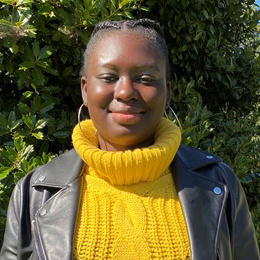
Comfort Abode
RISE Training Program, University of Maryland, College Park/Bowie State University (HBCU)
Doctoral Student, Indiana University
My number one piece of advice for students who want to become education researchers would be to keep in mind the purpose of your research. If nobody understands it, it is not helpful. And in order for people to understand it, you yourself need to understand it. You cannot teach what you do not know. Especially considering that the research is in education, the goal should be to educate teachers, students, faculty, or whomever, about what is being studied and (hopefully) steps that can be taken towards improving that area. You have to keep your audience in mind and while it should not be “dumbed down,” you have to make sure that your point is getting across clearly. In order for that to happen, you have to know what you are talking about. Project RISE was especially helpful in the fact that there were a lot of mentors and people willing to help you understand the scope of the research as well as provide comments and feedback on areas to improve upon.
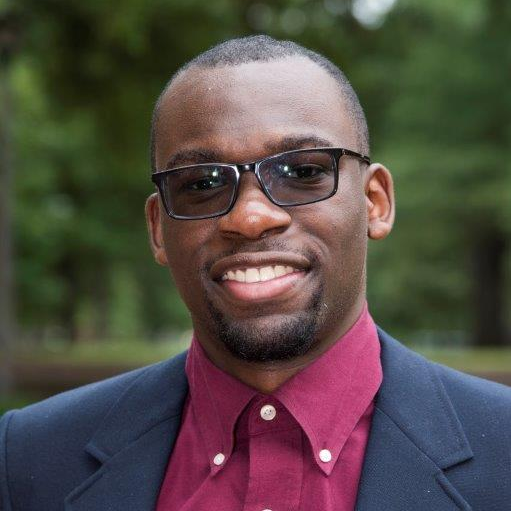 Jeremy Flood
Jeremy Flood
RISE Training Program, North Carolina Central University (HBCU)/University of North Carolina Wilmington/Pennsylvania State University
Doctoral Student, North Carolina Agricultural and Technical State University
My only advice would be to remember the mission of solving challenges in education. Within the body of education research, there are several ways one can accomplish this—whether it is by policy research, grounded theory, ethnography, or experiments, there are quite a diversity of tools available at a researcher’s disposal, so much so that it may seem overwhelming at first. Do not stress if you find this true; you are not the first or the last to feel overwhelmed! Instead, use this as an opportunity to rededicate yourself to the mission and allow your dedication to choose a research path that is best for you. Whichever one, two, or three (or more) that you choose, make sure that the end goal seeks to improve the practice of education.
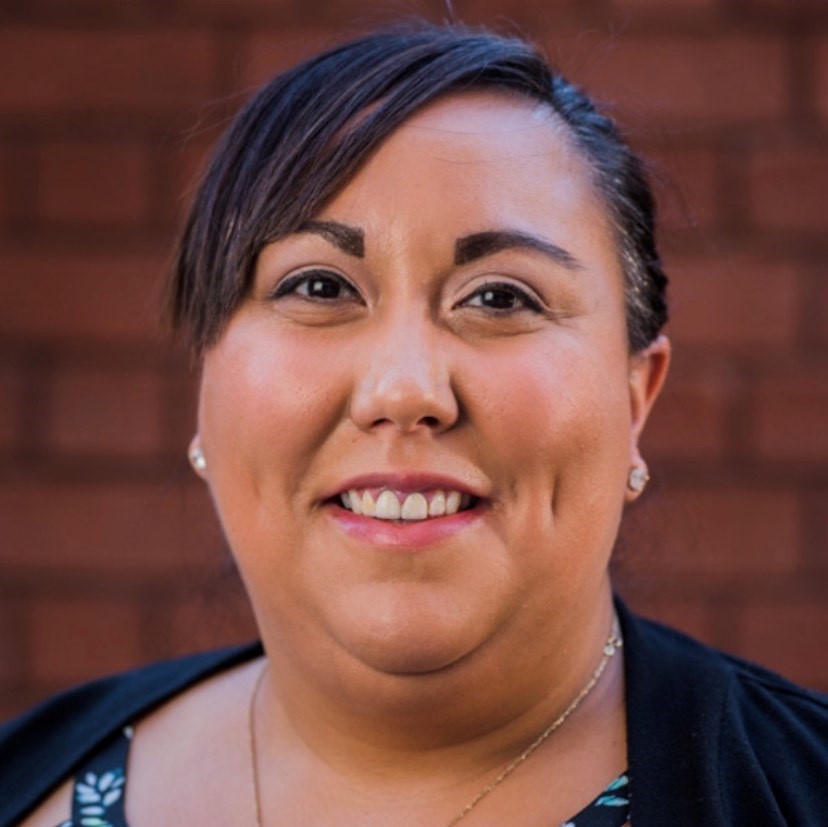 Jessala Grijalva
Jessala Grijalva
AWARDSS Training Program, University of Arizona (HSI)/College of Applied Science and Technology at the University of Arizona
Doctoral Student, University of Notre Dame
I advise Pathways fellows to take the time to reflect and internalize the cultural competency components of the program. The Pathways program will not only prepare you with the hard and soft skills that you need to be a successful researcher, but also help you become an all-around culturally competent researcher. Sometimes, we assume that as students of color or students from diverse backgrounds that we are inherently culturally competent; yet, there is so much more to learn and to be aware of. From my experience as a participant in the Pathways program, I’ve learned of ways to extend cultural competency beyond research and into my interactions with other researchers, colleagues, mentors/mentees, and the broader community. To be an effective researcher, it’s not only important to conduct culturally component research, but to also work with people of all walks of life, and to be able to disseminate our research and findings to the public. Training in cultural competency is very rare and very valuable–and something we may not fully appreciate—so take advantage of this opportunity and make cultural competency an important priority in your conduct as a researcher.
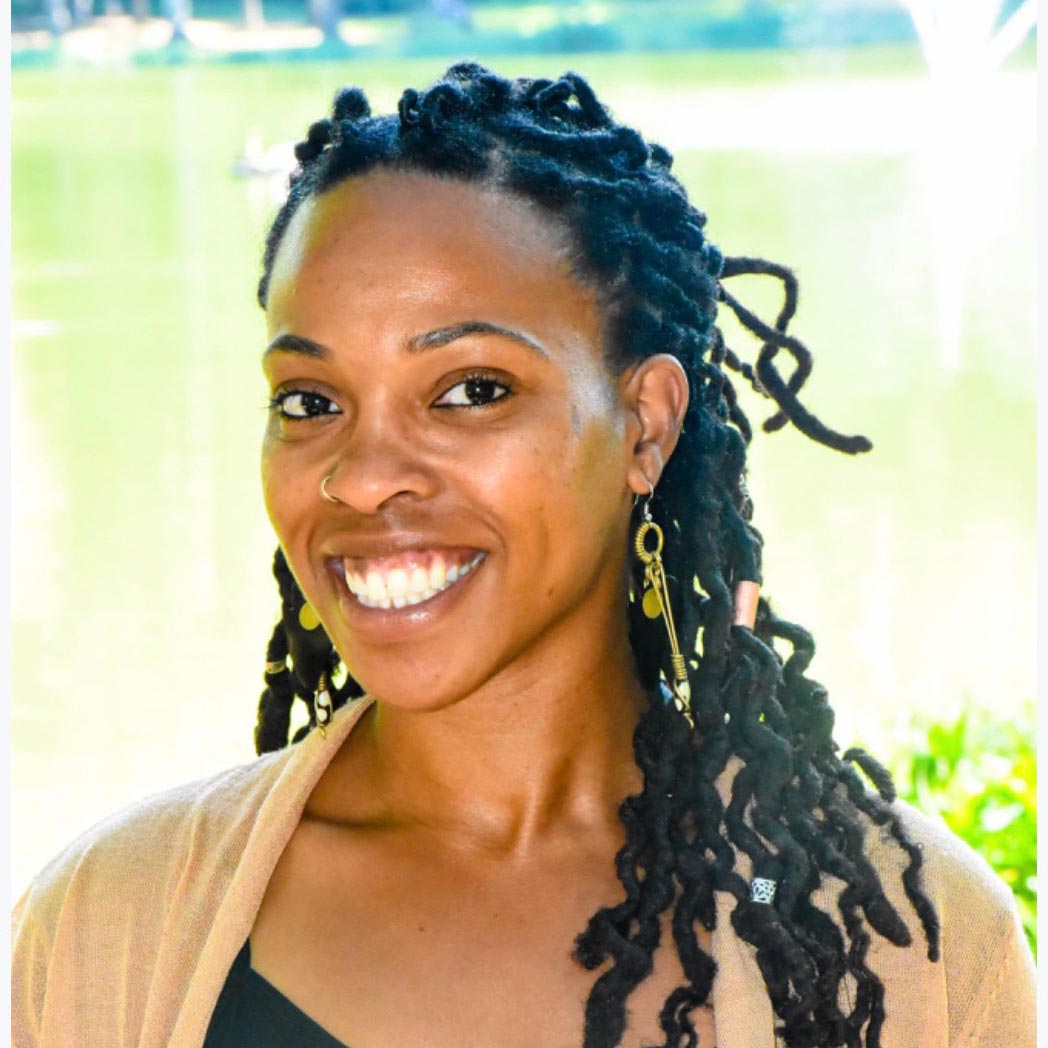 Camille Lewis
Camille Lewis
PURPOSE Program, Florida State University/Florida Agricultural and Mechanical University (HBCU)
Doctoral Student, Florida State University
There is an African proverb that states: “Knowledge is like a garden. If it is not cultivated, it cannot be harvested.” On the quest to become an education researcher, it is easy to get caught up in the hype of being “the expert.” My #1 piece of advice to anyone who is interested in education research is to remain a student of life. Your journey to becoming an education researcher will be filled with many opportunities to learn, adapt, and understand the process of learning. Embrace these experiences; allow your researcher identity to be shaped and influenced by new discoveries and new interests. Continue to seek new information and allow your knowledge base to be cultivated. My experience as a public-school teacher, PURPOSE fellow, and doctoral student has shown me the importance and necessity of continually seeking advice, experiences, knowledge, and professional development related to learning and education. This pursuit of knowledge has informed and shaped not just my research, but my life outside academia as well. I never allow myself to become a “know it all.” This keeps me humble and allows me to continue to make improvements in every facet of my life.
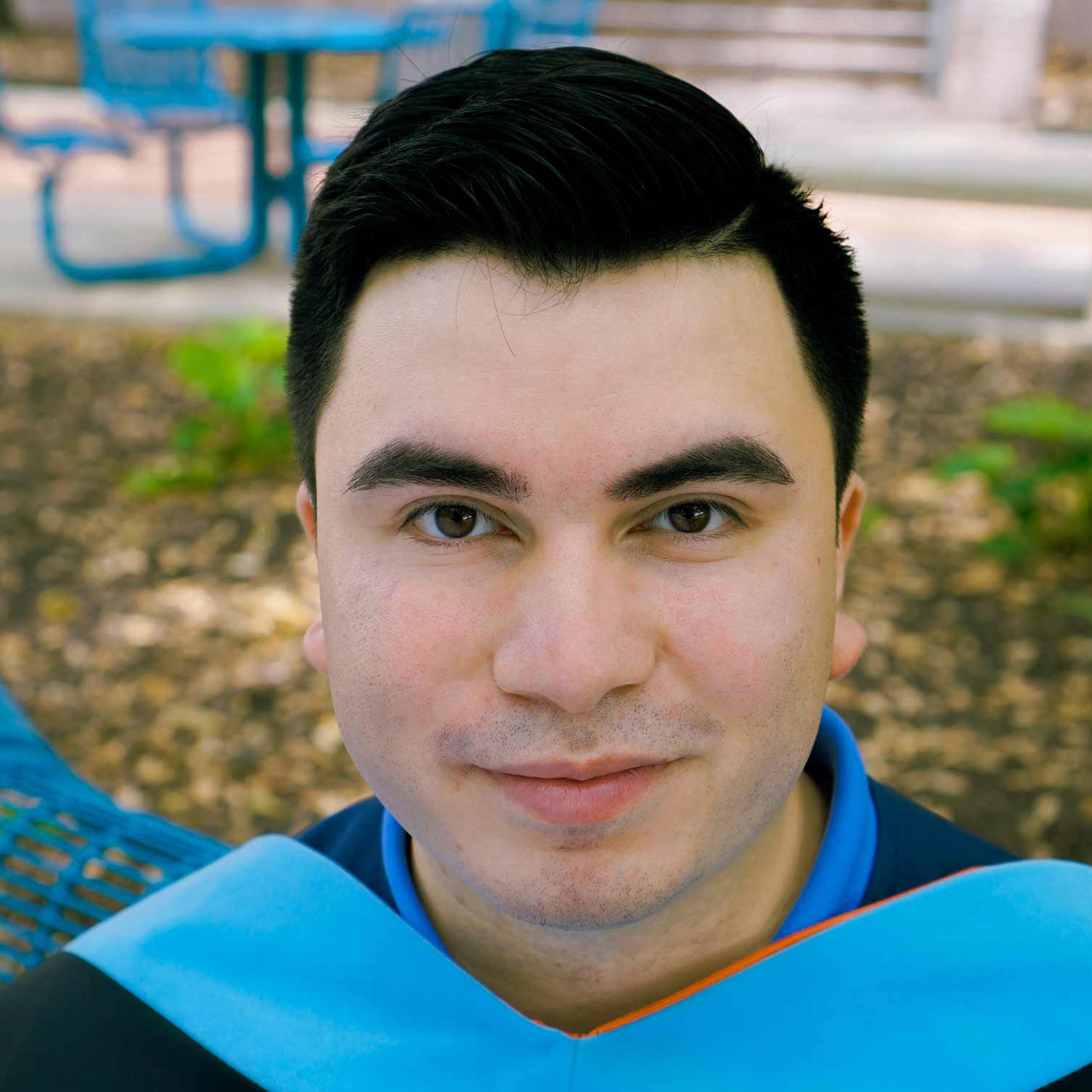 Christopher Terrazas, MA
Christopher Terrazas, MA
Pathways Program, University of Texas at San Antonio (UTSA; HSI)
Doctoral Student, University of Texas at Austin
UTSA Pathways was instrumental in developing my identity as a researcher and graduate student. The other day, I described my experiences as being in a rocket, and Pathways provided the fuel to take off and get one step closer to my goals as a researcher. During my time, I made it a priority to be curious, always. I did this by attending all seminars offered and asking questions—even questions that I thought were not the right ones to ask at the time. You never know who may share a similar experience or perhaps a differing one to support you in your endeavors. Be bold and use your voice as an instrument to understand the world of research and graduate school during this exciting journey. It is crucial to get into this mindset because this will be your experience, perhaps your first. You will want to make sure that you are well prepared for this process as an aspiring researcher and scholar because this is your future. With that said, my number one piece of advice is to look inward to reflect on your own life experiences. Use these thoughts to feed your inner sense of self because you know more than anyone what you want for your future to be.
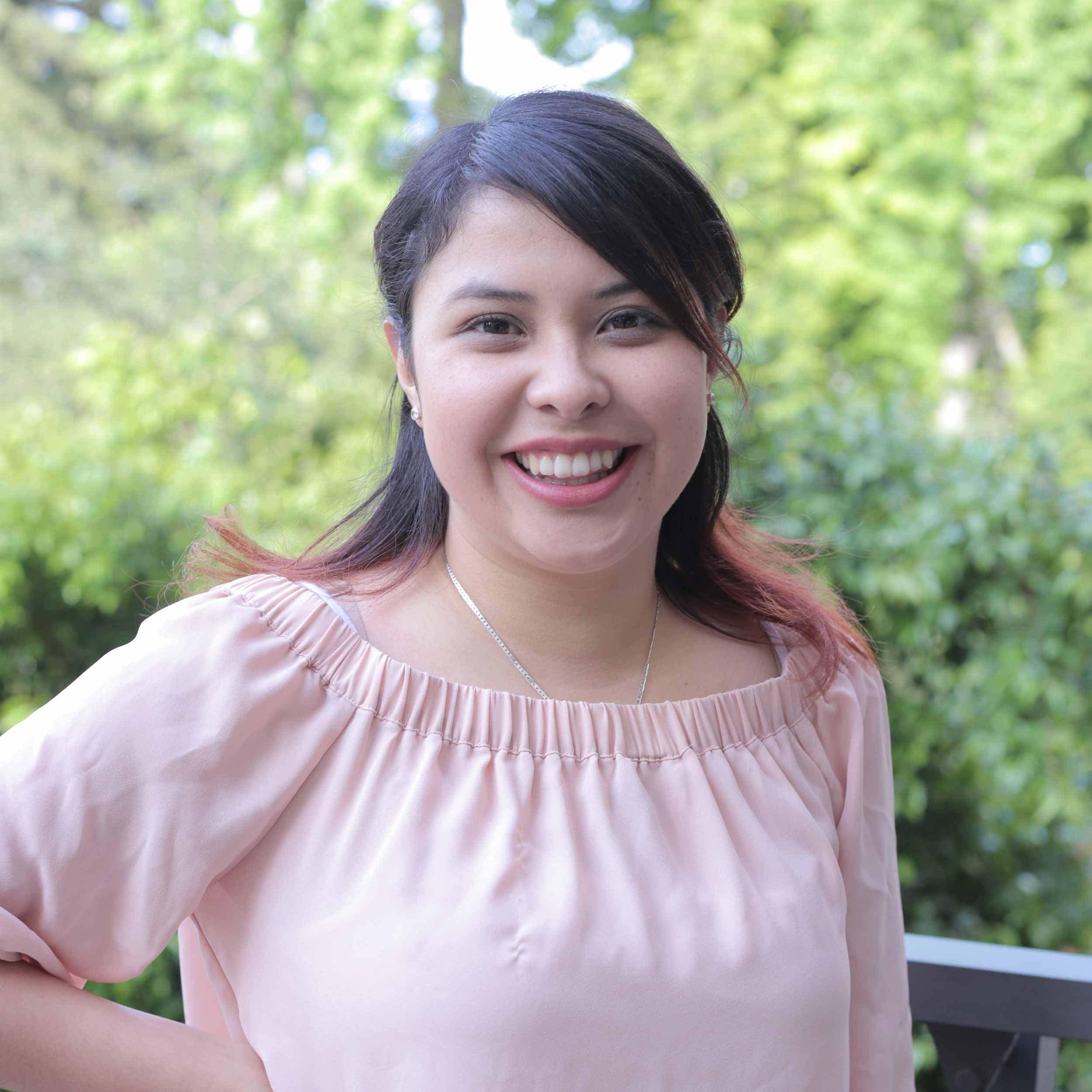 Erica Zamora
Erica Zamora
Pathways Program, California State University, Sacramento (HSI)
Doctoral Student, University of Arizona
The Pathway Fellows Program had a tremendous impact on my growth as a scholar and education researcher. My advice to students is to engage in research that not only reflect their scholarly interests but also reflect their values as community members and educators. My experience in the program gave me a deeper understanding of the importance of social justice and equity work in research. Education has the potential to transform communities and encourage growth and development while perpetuating various forms of oppression. Engaging in education research that centers the voices of and the issues that historically marginalized groups experience could lead to transformative outcomes at postsecondary institutions.
Written by Katina Stapleton (Katina.Stapleton@ed.gov), co-Chair of the IES Diversity and Inclusion Council. She is also the program officer for the Pathways to the Education Sciences Research Training Program and the new Early Career Mentoring Program for Faculty at Minority Serving Institutions, the two IES training programs for minority serving institutions, including Alaska Native and Native Hawaiian-Serving Institutions, American Indian Tribally Controlled Colleges and Universities, Asian American and Native American Pacific Islander-Serving Institutions (AANAPISI), Hispanic-Serving Institutions (HSIs), Historically Black Colleges and Universities (HBCUs), Predominantly Black Institutions, Native American-Serving, Nontribal Institutions, and any other minority-serving institution as specified in request for applications.